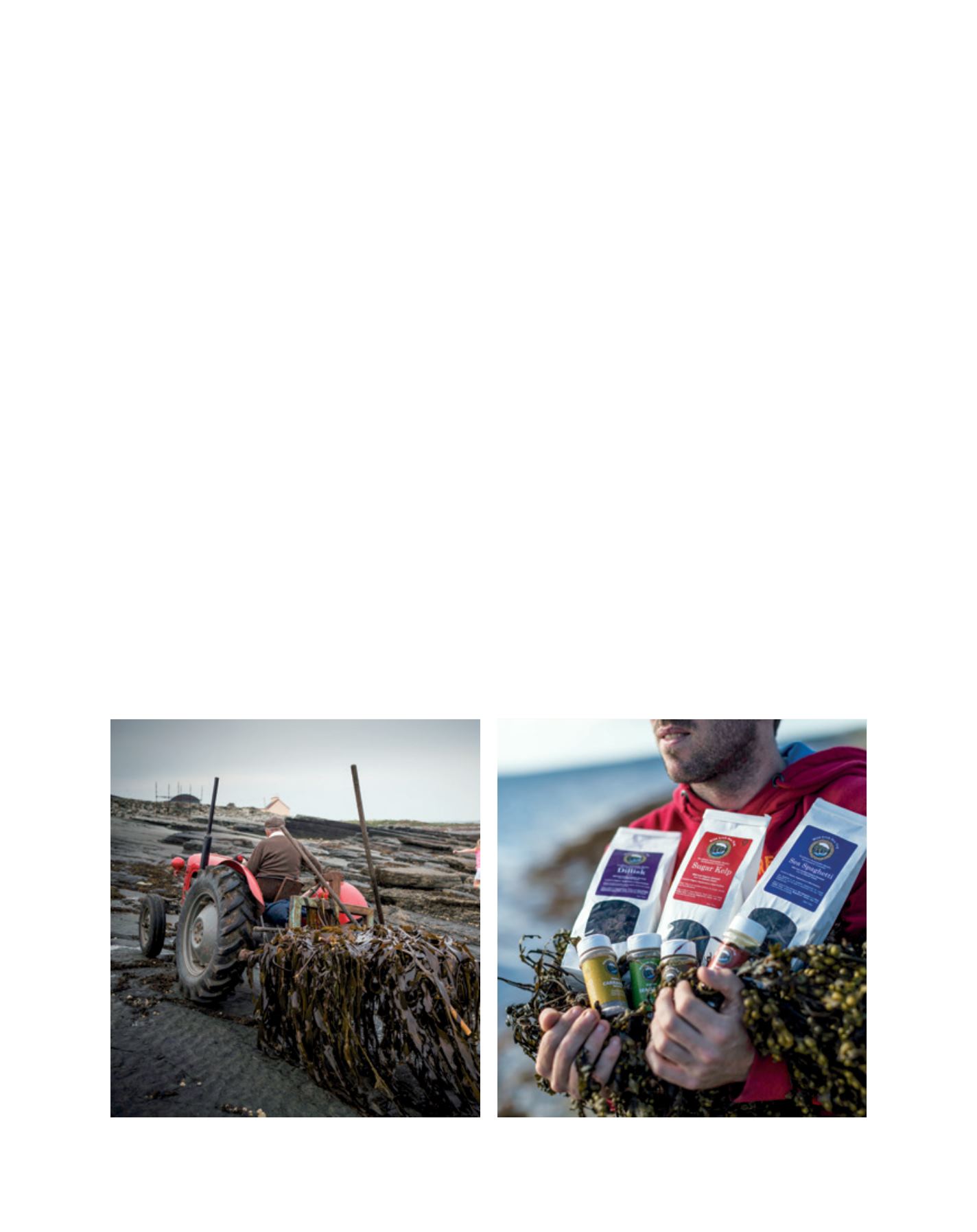

[
] 196
Modernization and innovation
There is a need to promote innovation within family farms, taking
into account their diversity, the different natural conditions under
which they operate and their varying degrees of technological
development. There are a number of obstacles to the uptake of
innovation that need to be addressed: lack of access to knowl-
edge, insufficient information flow, weak exchange of research
results and too little responsiveness to the needs of farmers.
The revised CAP is ready to support innovation, whether it
is led by individuals, public sector organizations or enterprises.
A fully fledged EU innovation package is available for the agri-
food sector, comprising the new rural development policy,
7
the Europe 2020 Flagship Initiative on the Innovation Union,
8
Horizon 2020,
9
and the European Innovation Partnership:
Agricultural productivity and sustainability.
10
This combination
of policy measures aims to encourage researchers, farmers, advi-
sors and other agricultural sector stakeholders to cooperate more
actively. In particular, it is hoped that a more direct and system-
atic exchange between farming and science will accelerate the
speed of technological transfer and innovation.
Case study:
Young farmer, Idálio Ramos Martins, from
Portugal’s Algarve region, keeps a flock of goats and produces
cheese from their milk using traditional production techniques.
Equipped with modern technological solutions for milking and
dairy processing, he now produces high quality goats’ cheese
according to rigorous hygiene and safety standards while main-
taining traditional practices. Thanks to an increase in production
capacity, the family farmer improved profitability and now also
processes milk from other goat breeders of the region.
11
Provision of environmental services
Traditional, small-scale, low input and High Nature Value
agricultural systems are essential when it comes to making
sustainable use of natural resources in areas with natural
constraints, such as challenging terrain, poor soil quality or
difficult climatic conditions. Such systems are often main-
tained by family farms, but are threatened by declining
profitability and continued rural depopulation.
The ‘Less Favoured Areas’ measure under the rural develop-
ment pillar of the CAP was designed to halt land abandonment
in such areas. It will continue in classified areas with natural
constraints. Furthermore, in all types of territories, agri-
environment measures have also allowed family farmers to
continue their engagement in actions that support the envi-
ronment, as well as climate change adaptation and mitigation,
despite more economically efficient alternatives. In addition,
the combination of agri-environmental programmes with the
development of rural tourism and other businesses (such as
local food products) has often helped to maintain highly valu-
able environmental and cultural landscapes.
Case study:
The Bangala family from Brasov County,
Transylvania (Romania), manage their sheep and cattle farm
in accordance with an agreed five-year environmental manage-
ment plan. Around 250 hectares of uplands are also exploited
for the grazing of livestock in the summer. Strict application
of traditional agricultural practices excludes the use of chemi-
cal fertilizers, but reduces the potential agricultural output
of the farm. Furthermore, to protect insects, birds, flowers,
animals and other species during breeding, nesting or pollina-
tion periods, mowing is controlled and managed, again with
the risk of reducing productivity. The annual agri-environ-
ment payment of €3,276 covers the costs of hand moving
and turning of hay, as well as those of labour-intensive shep-
herding carried out with the help of local manpower. The
application of traditional farming practices continues, while
at the same time the family members can focus their attention
Many regional and traditional foods – often produced on family farms
Images: European Commission
D
eep
R
oots
















